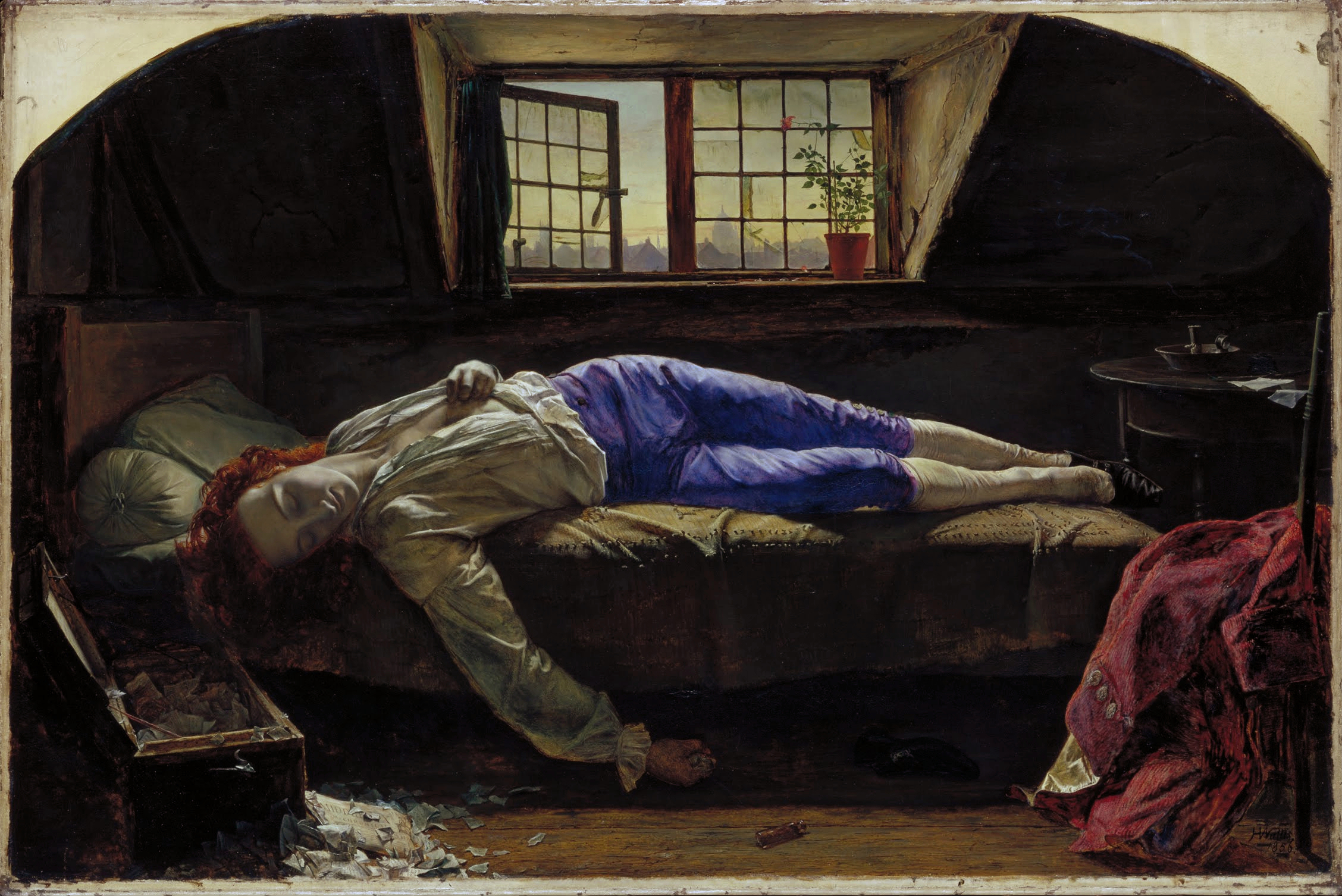
While weltschmerz — literally “world-pain” — may be unpleasant, it can also spur us to change things for the better.
KEY TAKEAWAYS
- Weltschmerz is the displeasure we feel when the world doesn’t align with our idealized version of it.
- The word comes to us from the Romantic era, when feelings of melancholy were widespread and even celebrated.
- You can help ease your weltschmerz by avoiding perfectionism, keeping your negativity bias in check, and volunteering to make the world a better place.
It doesn’t seem like the world is a great place lately, does it? The last few years have witnessed major political strife, devastating wars, economic struggles, and protests teetering on the edge of civil disorder. And before that there was the COVID-19 pandemic. And before that there was the Great Recession and its prolonged recovery. And before that there was the War on Terror and the 9/11 attacks. And before that there was the 1990s (just all of the Nineties).
With the news and our social media feeds crowded-to-bursting with tragedy, many have come to feel an overwhelming discontent with the state of the world. Turns out, that emotion has a name: weltschmerz.
Like most great words for elusive emotions, this one is German. It’s a portmanteau of welt (“world”) and schmerz (“pain”), and it describes the displeasure we feel when reality doesn’t live up to our ideals and expectations. It’s also distinct from our other downbeat emotions. Unlike angst, which focuses our dissatisfaction inward, or ennui, which makes us listless, weltschmerz can be as rousing as it is troubling. Not only can the world be better, it should be better.
While that makes weltschmerz unpleasant to experience, it can also make it useful if we learn how to harness those feelings effectively. But to understand why, we first need to consider the Romantic roots of this world-weary sentiment.
A Romantic affair with melancholy
The concept of weltschmerz didn’t come from psychology or philosophy. Instead, it emerged from the literary arts.
The word was coined by Jean Paul in his pessimistic novel Selina (1827), where the writer used it to characterize the disillusionment miring the works of Lord Byron. While weltschmerz wasn’t widely adopted at the time, in retrospect, it does neatly encapsulate the weltanschauung of the Romantic period. (Another fantastic German word that means a general philosophy or worldview.)
Romanticism is often described as an artistic and intellectual countermovement to the Enlightenment and neoclassicism, and there is some truth to that. Whereas the Enlightenment favored reason and objectivity, the Romantics pursued subjectivity and the irrational. Whereas neoclassicism aimed for harmony and proportion, the Romantics relished passion and imaginative elements.
But the Romantics weren’t simply wild ones rebelling against whatever the Enlightenment “got.” They had witnessed unprecedented changes to Europe’s social order in the aftermath of the Industrial Revolution, the French Revolution, and rapid scientific advances. And as upheaval often does, it left them dismayed and disheartened about the state of their world.
Here’s how François-René de Chateaubriand described the literary attitude of the time in The Genius of Christianity (1802):
“We are undeceived without having enjoyed life … Imagination is rich, fertile, and marvelous; life is poor, arid, and disenchanted. We dwell, with a full heart, in an empty world; and, without having enjoyed anything we are disabused of everything.”
Yikes. But while it may seem odd to us today, Romantic artists weren’t opposed to such feelings. They celebrated them.

According to Michael Ferber*, a scholar of Romantic poetry at the University of New Hampshire, the Romantics viewed it as a “privilege to be touched by” melancholy. Graveyards and ruins became common artistic settings. Musings on death and life’s sorrows were common themes.
“Wherever his or her thoughts might lead, the melancholic soul was not simply sad or gloomy, however, but rich in wisdom, benevolent towards frail fellow mortals, [and] sometimes even ‘rapt’ or ‘transported’ […] by the religious vision evoked by the meditative mood,” Ferber writes.
For instance, in “Ode to Melancholy” (1819), John Keats contemplates the inextricable link between grief and gratification (“Ay, in the very temple of Delight / Veil’d Melancholy has her sovran shrine”). Similarly in “To His Lady” (1823), Giacomo Leopardi laments that Beauty — yes, with a capital B — is missing from the world. Channeling his inner Chateaubriand, Leopardi seeds his poem with phrases about the suffering “fate decreed for human time” and the “sad age and unhealthy atmosphere.” (Again, yikes.)
As Ferber suggests, the Romantics tended to view melancholy as a means of self-realization or even spiritual transcendence. That said, their world-weariness didn’t just lead them to mourn the state of things. It pushed some to change it, too…
more…
https://bigthink.com/the-learning-curve/weltschmerz/
F. Kaskais Web Guru



